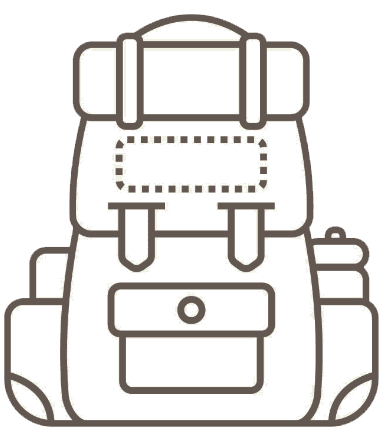Masks do not work to protect anyone from SARS-CoV-2. It's all based on sloppy science. We asked the senior author of the Bangladesh mask study to defend his study. He failed. Badly. Very badly.
Summary
The CDC just decided to continue the transportation mask mandate for another two weeks. Dr. Bob Wachter, Chair of the Department of Medicine at UCSF, concurs with the CDC decision. This doesn’t prove that masks work. Instead, it proves that the CDC, Wachter, and most mainstream scientists (who claim masks work) are incapable of differentiating solid science from a sloppy study.
There have been only two randomized trials to test whether public policy using masks to mitigate the spread of SARS-CoV-2 can reduce the spread.
The first one, in Denmark, failed to show that masks made a difference. However, they were forced to re-write their paper to claim masks worked in order to get their study published. This is known as “scientific corruption to match the political narrative.”
But the second one, in Bangladesh, claimed that masks worked.
Nature called it a “rigorous study” and Stanford and Yale promoted it as definitive in a press release.
But was it really? We challenged Yale Professor Jason Abaluck, the first author of that study, to defend their study. To his credit (and our utter amazement), he agreed but with one condition: we were only allowed one person to challenge him (because that’s how science works of course). We instantly agreed.
The discussion happened on April 3, 2022. The result: Abaluck failed. Badly. Very badly. One of our experts who viewed the interview said that it was worse than just sloppy work. He wrote, “This is bordering on fraud.”
In short, the Bangladesh mask study again failed to prove that masks make a difference. It was all statistical noise.
For example, here’s the graph for purple cloth masks. If masks worked, it would be highly unlikely for these curves to be on top of each other. For some strange reason, graphs such as these were omitted from the paper. Can you guess why??? Yes, it’s because the study was designed to fit the narrative. Subgroup analysis that goes against the narrative is not shown in the paper. That would cause people to ask questions.
https://stevekirsch.substack.com/p/masks-fail-their-latest-test?s=r
